“Resident of the Sunshine Land” focuses on analyzing the presence of Iranians in Japan in 223 pages, 3 sections and various chapters were written by Dr Hossein Divsalar, the former cultural consultant of Iran in Japan, and Dr Bahman Zakipour, a university professor in Japan. It has been published by Al-Hoda International Publications affiliated with Islamic Culture and Communication Organization.
The two great countries of Iran and Japan have a 1300-year history of cultural exchanges centred on friendship and developing cooperation, as well as more than 90 years of experience in official and political communication.
On the other hand, Iranians living in Japan occupy a particular place, and since Japan’s economic growth and development increased the demand for a labour force, it became a reason for many young Iranians to travel. Those who travelled either stayed and today many of them have roles in the fields of economy, culture, science, and society, or have returned and brought back many unique experiences from their trip. This discussion covers an important chapter in the relationship between the two countries.
By examining various studies that have been conducted in the field of issues related to Iran and Japan, despite the importance of Iranian immigration to Japan, which in a period can be placed at the top of the countries that Iranians looked at as a travel destination, the least A study, and it can be said that no study has been done on Iranians living in Japan, and this was a serious gap that had to be addressed.
Therefore, with all the problems in terms of providing resources and the trajectory of the subject, it was necessary to present a book to analyze the presence of Iranians in Japan.
The presence of Iranians in Japan, especially in the 1980s and 1990s, has been more or less the subject of social research and sometimes the subject of films, theatres and shows. In social research the Japanese are progressive and there are some good studies in this field, which are used in this book. But when it comes to film and theatre the Iranians are more successful and, as this book says, they deal with the Iranian presence and immigration in Japan, sometimes in the comic genre and sometimes in the documentary genre. However, it does not mean that there are many studies of this kind.
Research in Japanese is limited and is carried out mainly by interested Japanese Iranian scholars. Research in English and other languages in this area is even more limited, and much less researched in Persian.
Research on the topic “the presence of Iranians in Japan” is based on papers, and a little research has been done in the form of books.
Although this research ultimately pursues social issues and attempts to present an analysis of the presence of Iranians in Japan based on various statistics and data, it particularly focuses on the issue of “Iranian immigration to Japan”, especially after the Islamic Revolution, going further. The historical background is the question of why Japan suddenly became such an important presence for Iranians after the Persian Constitutional Revolution, and why Japan absorbed the largest Iranian labour force after the victory of the Islamic Revolution.
To this end, the first part of the book examines the influence of Iranian culture on Japan and then mentions the presence of some Iranians in Japan during the Qajar era, which laid the foundation for this book.
In the second part, where the political-economic relations between Iran and Japan have been strengthened, an effort has been made to express the presence of Iranians in this country in three levels of political, economic, cultural and sports relations and the level of interaction of Iranian intellectuals with Japan.
With the above in mind, the third part discusses the sudden immigration of Iranians to Japan and its impact and presents some materials on the efforts of ambassadors and cultural advisors after the revolution and some cultured figures in this country.
This book is a historical and social science effort that seeks to provide a new perspective on the relationship between the two countries.


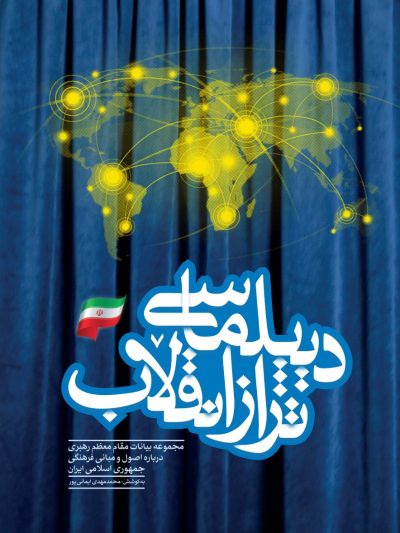
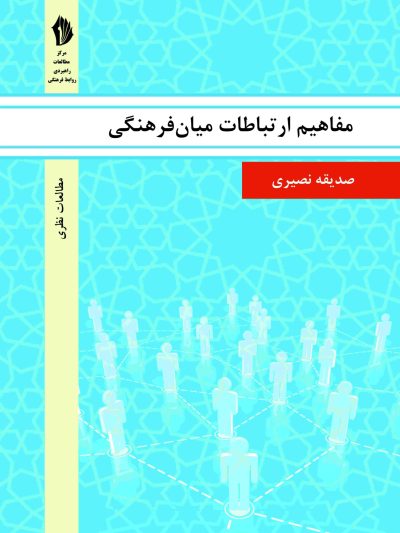
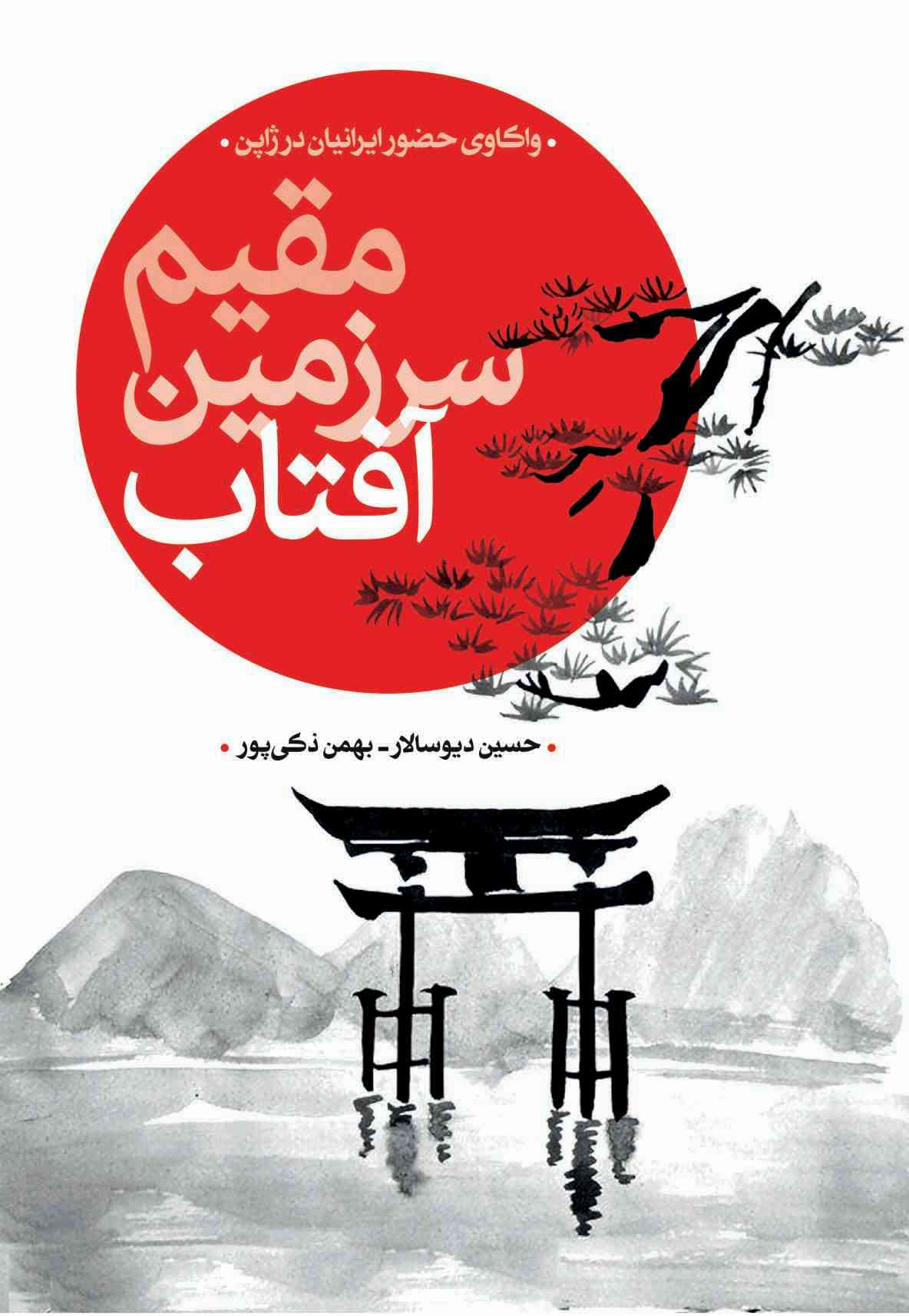

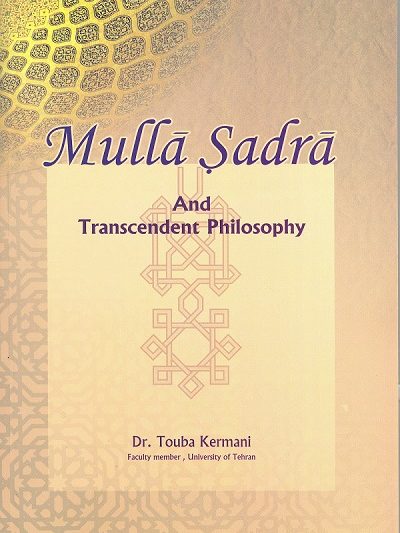
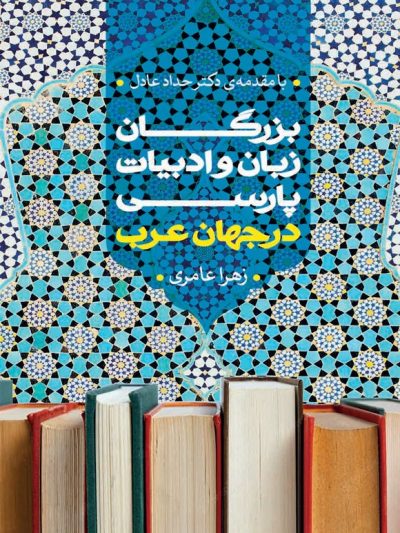

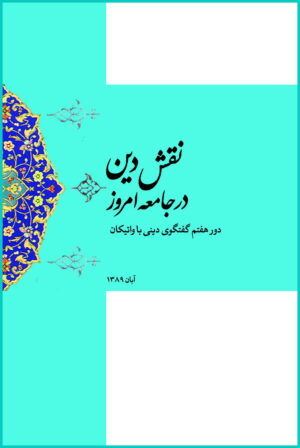
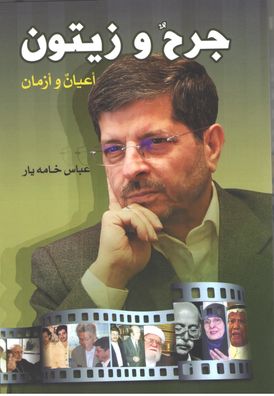
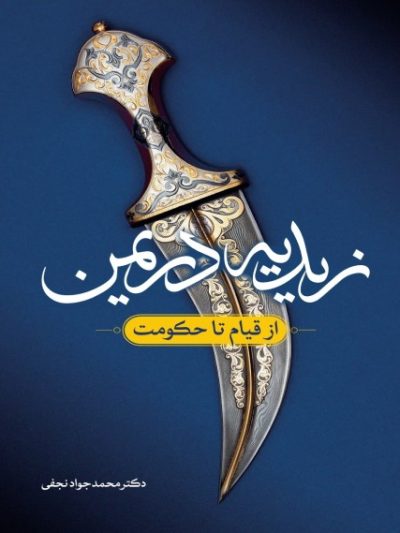
Reviews
There are no reviews yet.